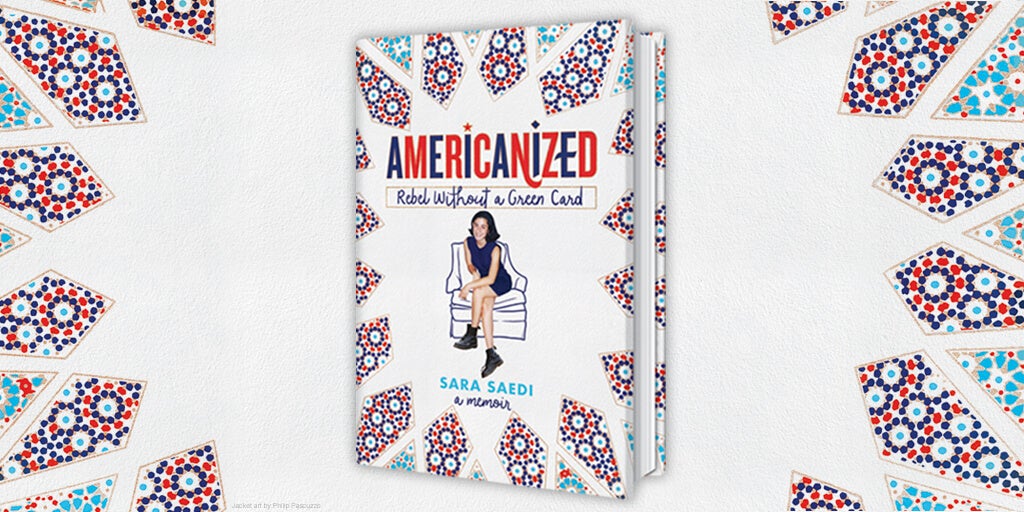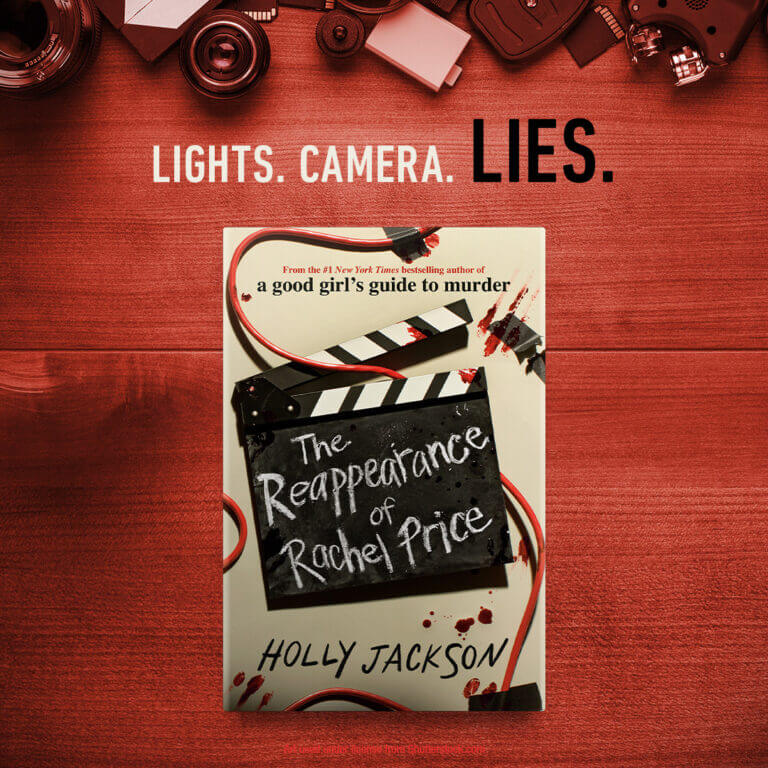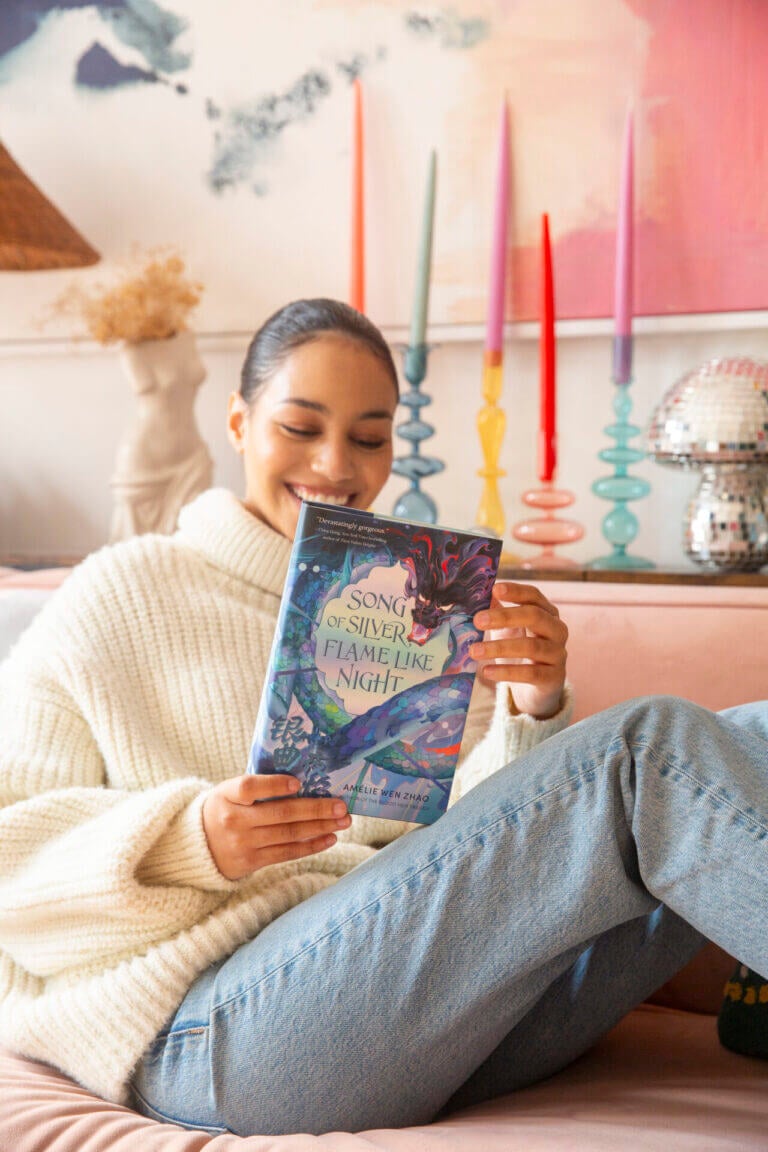Sara Saedi’s Americanized: Rebel Without a Green Card is a hilarious and timely memoir about her experience growing up in America as an undocumented immigrant from the Middle East. In this Q&A, Sara tells us what it was like sharing her personal story, why it’s relevant for teens today, and, of course, her favorite ’90s trends.

1. What inspired you to share your story?
So much inspired me! After being an undocumented immigrant for eighteen years, I’ve always wanted to find a way to help others in a similar predicament. I knew the toll it took on my family (both financially and emotionally), which is why it’s an issue that’s close to my heart. During the last election, the narrative presented by right-wing politicians on immigration was infuriating to me. There were so many misconceptions, and I thought it was important to shed light on the topic from the perspective of an immigrant family who has gone through the process of becoming naturalized. While I was writing the book, Trump was elected, so it became my form of resistance and therapy. There are also so many negative stereotypes about people from the Middle East, and I wanted to show that just because we’re Iranian doesn’t mean we’re the scary “other.”
On a much more personal note, the book was my way of getting to learn more about my parents and the generations before me. It was a privilege to record our family history.
2. What was it like writing about yourself and your life?
In some ways, writing about myself was easier than writing fiction. I didn’t have to come up with a plot. I knew where I wanted the story to start and end. The challenge was trying to figure out what stories felt more relevant and necessary than others and what stories would be interesting to people who didn’t know my family or me personally. My editor, Kelly Delaney, was integral to this part of the process. When you’re writing about yourself, there’s definitely a voice in your head that says, “Does anyone care?” or “I’m not that interesting!” I tried to remind myself that with some of my favorite essayists and nonfiction writers, it wasn’t always the story they were telling that was so compelling; it was the way they told the story.
The funniest part of the process was going through my old high school diaries and being reminded of what my day-to-day life was like as a teenager. It was also startling to discover that I still have a lot of the same hang-ups and insecurities in my mid-thirties that I had at fifteen!
Finally, the hardest part of writing the book was being truthful without worrying about hurting anyone’s feelings. And differentiating between what was my story to tell and what was someone else’s story to tell. I was lucky that my parents and siblings were extremely supportive. I’m still very anxious about how the book will be received by other people who are mentioned in it. (Apologies in advance to my boyfriend from senior year.)
3. While your story takes place about twenty years ago, it is relevant for so many young people today. What do you think teens today can learn from your experience?
I hope teens learn that they have more in common with each other than they think. Even if they’re not dealing with being undocumented, they’re still dealing with a lot of the same anxieties and insecurities as their peers. Every family is unique, but I guarantee most have parents or relatives that are making daily sacrifices for them. I hope teens don’t wait till they’ve got the benefit of hindsight to show their gratitude. For teens who are undocumented, or have parents who are undocumented, I hope they see that they’re not alone and there is a light at the end of the tunnel.
4. What is your all-time favorite book or author?
I don’t know if I have an all-time favorite, but these days, any book that can suck me in to the point where I don’t give in to the impulse to check my phone is a winner. A few books that I found completely absorbing: A Little Life by Hanya Yanagihara, East of Eden by John Steinbeck, The Prince of Tides by Pat Conroy, Americanah by Chimamanda Ngozi Adichie, and The World According to Garp by John Irving. Apparently, I love sweeping epics.
5. What was the last book you read?
The last book I read was Little Fires Everywhere by Celeste Ng and I LOVED it. I barely checked my phone while I read it.
6. What is your favorite American food and what is your favorite Iranian food?
I’m gonna go with every food associated with Thanksgiving as my favorite American cuisine. My favorite Iranian food is khoresh bademjan. It’s a tomato eggplant stew served over rice, and it’s also one recipe I can actually cook! I also love tahdig, the crispy rice at the bottom of a pot. (We make it with lavash bread or potatoes.)
7. What is one fad from the ’90s you wish would come back?
My favorite ’90s fad was Doc Martens boots and Mary Janes. They were SO expensive, but so cool. I’m waiting for them to make a resurgence. I’m a little sad that chokers made a comeback last year. I wore a lot of them in my day, but it’s not a trend I think we need to revisit.
8. What is your favorite song from the ’90s?
I’ll go with some songs that I never get sick of. “Glycerine” by Bush, “Crash into Me” by Dave Matthews Band, and “November Rain” by Guns N’ Roses. Also, I still know every single word to “Stay” by Lisa Loeb.
9. What is the one thing you want readers to know about Americanized?
It’s a love letter to my family, but it’s really a love letter to all immigrants and dreamers. Despite what some might say, we absolutely do make this country better.




